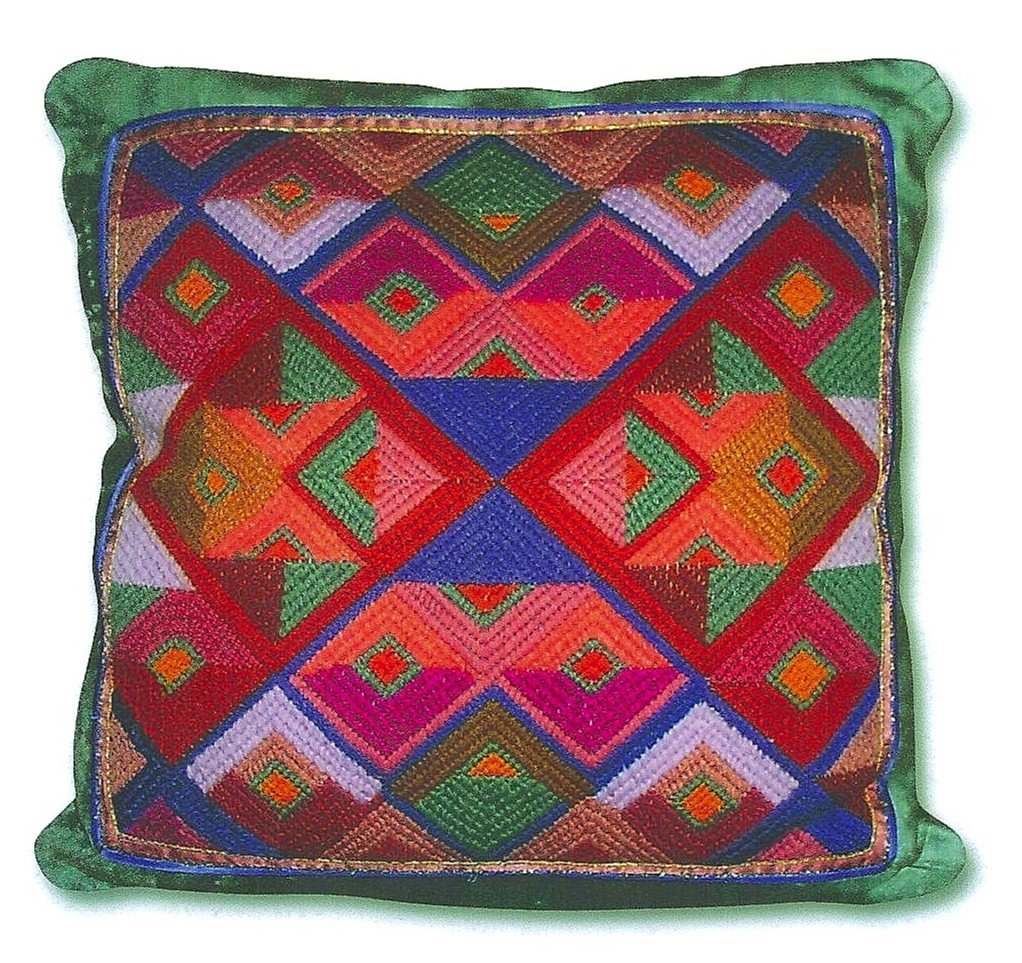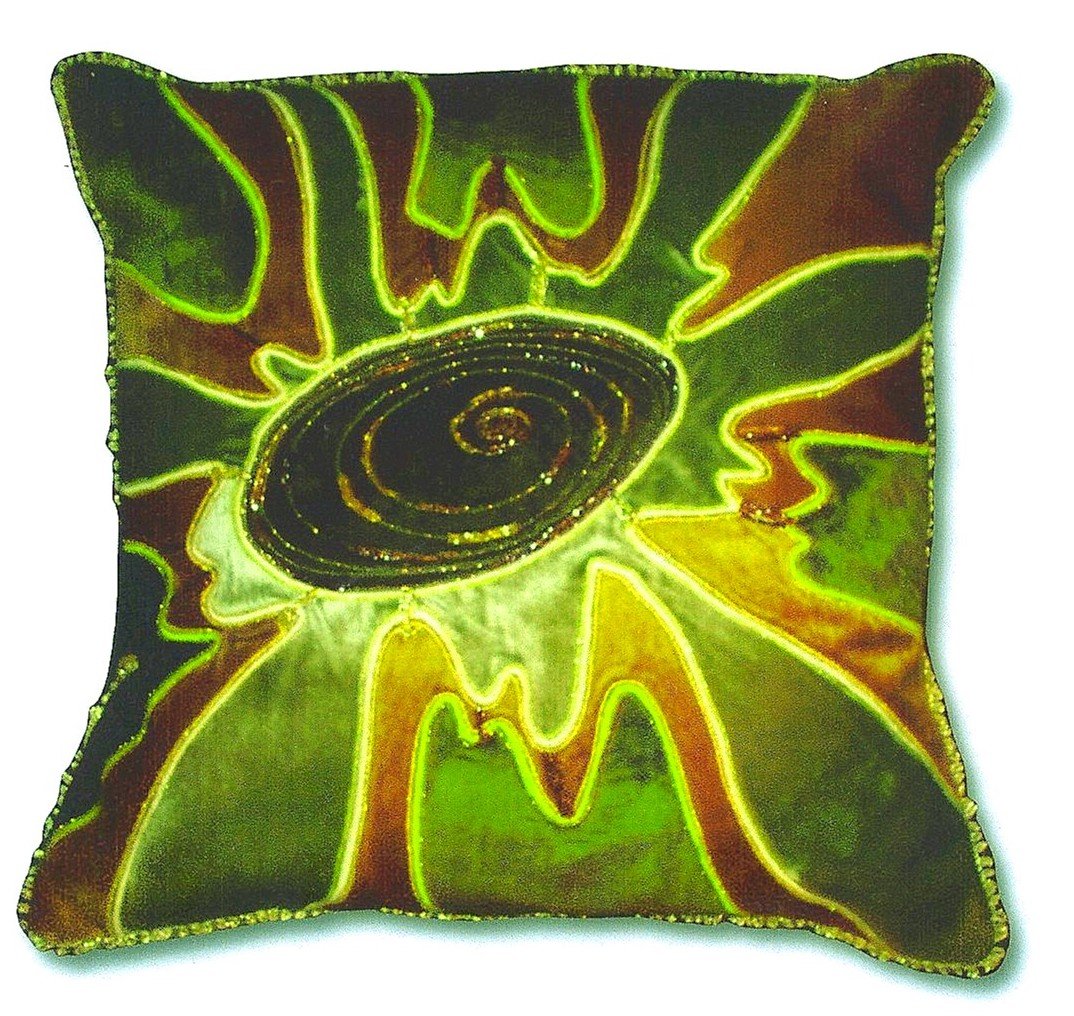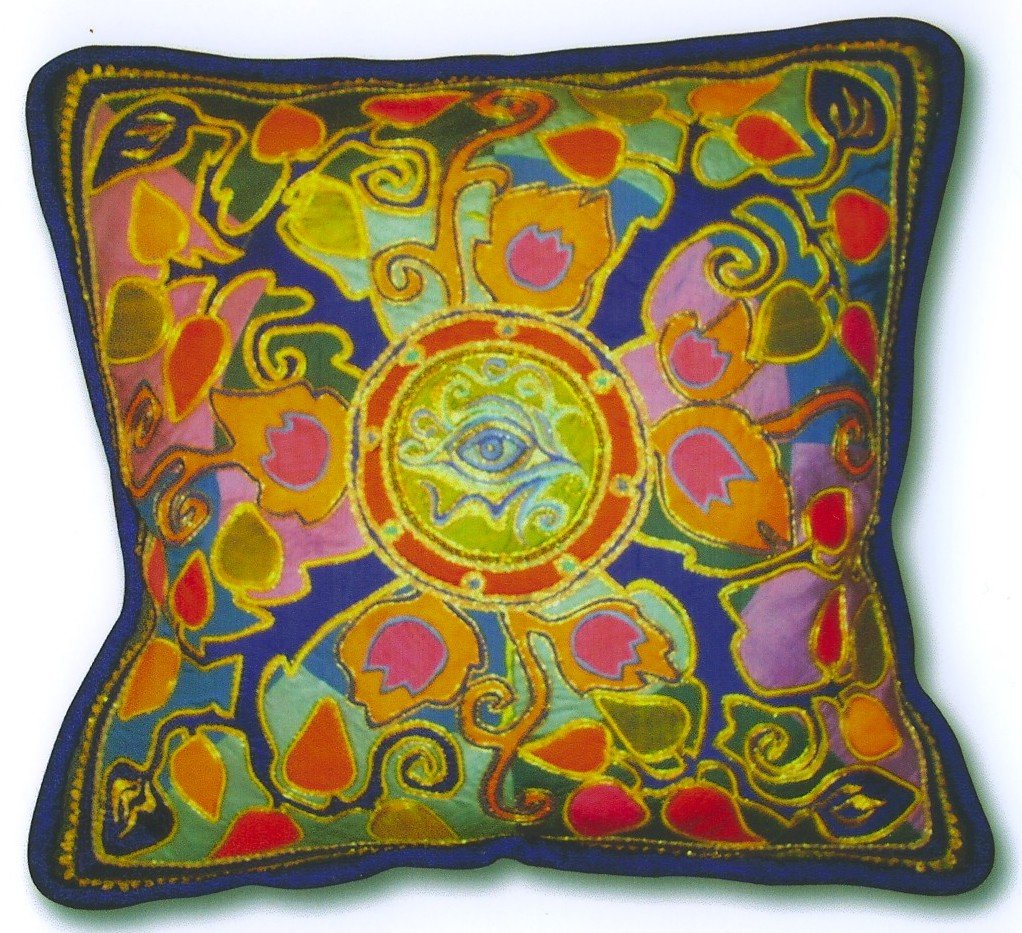
The life & work of Klara Donath - Patay’s
The Unknown Wayfarer
The forgotten Hungarian-born Australian artist you should know about
It's difficult to categorise Klara's work into a single art form. In her heart, she is a textile artist, but her delicate fashion designs, eloquent paintings, and pastel drawings are just as worthy of praise as her textile art.
A multi-talented woman, she's still working at the age of 94.
Klara Donath studied art and painting at university in Hungary, before she was expelled for her political views. She then trained and worked as a costume designer for the many theatres in Budapest. After escaping Hungary in 1956 and immigrating to Australia, Klara worked in a variety of jobs to support her family. As someone who could draw beautiful, anatomically correct and exquisite fashion models, she was picked out by Australian Vougue and a number of other international fashion magazines for drawing their fashion portfolios.
In the meantime Klara has continued to create work in her chosen medium of textile art. Much of Klara's work draws upon her Hungarian cultural origins and Bartok's music is a constant source of inspiration for her.







Klara has worked with various techniques during her artistic journey










Klara’s main textile arts
Homage to Bartok
In 1987 Klára was awarded a grant by the Australia Council to work as an artist in residence in the Melbourne Hungarian community for eight months to create two large mixed media wall installations for the Hungarian Community Centre in Wantirna. Four years later, during which time Klára worked on the installations in her own home as adequate workshop space could not be found, the two works 'Soft Wall - Homage to Bartok' and 'Hard Wall - Patria Dictis' were completed.
Study for Homage to Bartok
'Soft Wall - Homage to Bartok' is a textile work based on traditional Hungarian folk embroidery motifs and stitches found on headdresses and jackets. It is made of many small pieces crafted by individual craft workers. These pieces have then been stitched into large panels and made into 'wings' which wave out from the surface of the work. Donath sees this work as feminine, with its emphasis on tactility, texture and softness. For appreciative eyes it is easy to see Homage to Bartok is unquestionably a feminist piece, drawing you into the centuries-old folk art and womanhood traditions of Hungary.
The unpacking of Homage to Bartok at Museums Victoria art depository and Klara with her statement piece
Patria Dictis
-

Patria Dictis close up
In contrast 'Hard Wall - Patria Dictis' consists of wooden shingles decorated with metal work based on Hungarian folk craft, such as that found on belt buckles, glory boxes and horse brasses. Donath sees this work as exemplifying the sternness and hardness associated with Hungarian masculinity.
-

Study for Patria Dictis
The two works aimed to actively involve the Melbourne Hungarian community in the process of cultural development. This was done by providing a contemporary expression for traditional folk arts and crafts practices which allowed the community members participating in the project to: understand the origins of those skills they take for granted; recognise the contribution of the traditional to contemporary arts practice in Hungary; and understand the processes by which traditional skills and concepts are transmuted/metamorphosed into contemporary Australian expression.
The works allowed the individual participants to help in the creation of cultural identity for the community by contributing pieces to the larger whole. These works were displayed in the Hungarian Community Centre in Wantirna until acquired by Museum Victoria in 1998. -

Patria Dictis
Large rectangular artwork consisting of numerous sections of decorated timber attached via adhesive to a timber backing forming a grid pattern. The timber sections have been decorated with paints ranging in colour from muted blues and purples to various shades of maroon, orange and green. Some panels are embellished with lines of gold paint and others with thin copper alloy foils adhered and wrapped around their lower edges. There are six strips of leather affixed to the upper border of the artwork.














